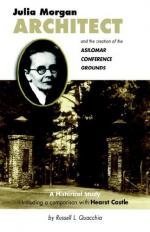|
This section contains 490 words (approx. 2 pages at 300 words per page) |

|
Soon after American microbiologist Hamilton Smith's 1970 discovery of the first restriction enzyme, it became possible to combine DNA from different sources into one molecule, producing recombinant DNA. Concern by scientists and lay people that some of this recombinant-technology DNA might be harmful to humans prompted the research to stop until scientists could evaluate its risks.
In February 1975 over 100 internationally respected molecular biologists met at the Asilomar conference center in California. There they decided upon a set of guidelines to be followed by all scientists doing recombinant DNA research. They considered every class of experiment and assigned each a level of risk: minimal, low, moderate, or high. Each level of risk required a corresponding set of containment procedures designed to minimize the chance of vectors (carriers) containing recombinant DNA molecules from escaping into the environment, where they could potentially harm humans or other parts of the ecosystem...
|
This section contains 490 words (approx. 2 pages at 300 words per page) |

|


